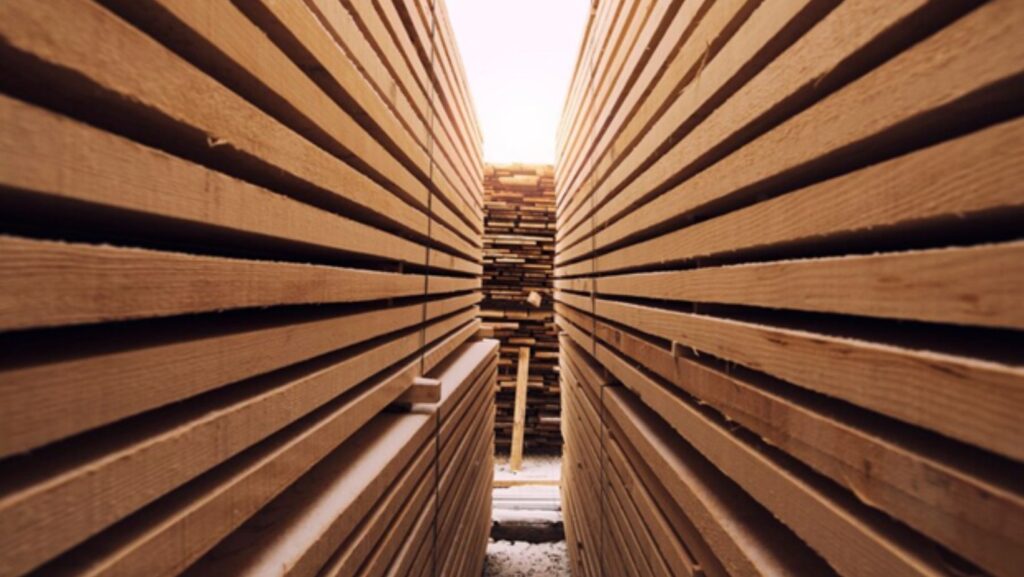In today’s construction landscape, sustainability is more than just a buzzword—it’s a necessity. With increasing awareness about environmental impacts, architects and home builders are turning to sustainable materials to reduce their carbon footprint and help promote family wellness. Among these materials, sustainable wood stands out not only for its eco-friendly properties but also for its aesthetic and practical benefits. This guide will walk you through the vital aspects of enhancing your building projects with sustainable wood.
The Growing Need for Sustainable Wood in Building Projects
Sustainable wood is harvested from forests that are managed to preserve biodiversity, prevent deforestation, and support ecosystem health. As the construction industry evolves, the demand for eco-friendly wood products is rising significantly. These materials are sourced from responsibly managed forests, ensuring ecological balance is maintained while providing a sustainable alternative to traditional lumber. Utilizing eco-friendly wood products minimizes deforestation and supports a healthier planet, helping to combat climate change by capturing carbon dioxide. By choosing sustainable wood for your construction needs, you can contribute to a greener future while enjoying high-quality materials that do not compromise on durability or appearance.
In addition to their environmental benefits, eco-friendly wood products offer a range of aesthetic choices that can enhance the beauty of any building project. With various species, finishes, and design possibilities, sustainable wood can be seamlessly integrated into both modern and traditional architectural styles. Furthermore, investing in these materials can lead to long-term cost savings by reducing the need for frequent replacements or repairs. Embracing sustainable wood in your projects aligns with contemporary building practices and reflects a commitment to responsible construction that resonates with environmentally conscious clients.
How to Identify and Source Sustainable Wood
Choosing the right wood for your project requires careful consideration. Not all wood labeled as “sustainable” meets rigorous environmental standards. Here’s how to ensure you’re making the right choice:
Certification Labels
Look for certification labels from reputable organizations like the Forest Stewardship Council (FSC) or the Programme for the Endorsement of Forest Certification (PEFC). These labels guarantee that the wood has been sourced responsibly.
Supplier Reputation
Work with suppliers who are transparent about their sourcing practices.

Reputable suppliers provide detailed information about the origin of their wood and comply with sustainable forestry practices.
Local Sourcing
Whenever possible, source wood locally. This reduces the carbon footprint associated with transportation and supports local economies. Local wood is often better suited to the environment of the building site, enhancing durability.
The Eco-Friendly Advantages of Sustainable Wood
Sustainable wood offers numerous eco-friendly advantages over traditional building materials. Understanding these benefits can help you make informed decisions for your projects:
Reduced Carbon Footprint
Sustainable wood acts as a carbon sink, absorbing more CO2 than it emits during its lifecycle. In contrast, the production of concrete and steel releases significant amounts of greenhouse gases.
Renewable Resource
Trees can be replanted and regrown, making wood a renewable resource. Unlike finite resources such as fossil fuels, sustainable forestry ensures a continuous supply of wood without depleting the ecosystem.
Energy Efficiency
Wood has natural insulating properties, which can improve the energy efficiency of buildings. This reduces the need for artificial heating and cooling, leading to lower energy consumption.
Integrating Sustainable Wood in Architectural Design
Incorporating sustainable wood into your architectural designs can yield stunning and functional results. Consider these strategies and case studies to inspire your next project:
Blending Aesthetics and Functionality
Use sustainable wood for both structural and decorative elements. Wooden beams, floors, and paneling can add warmth and character to any space while also providing structural support.
Case Studies
Look to successful projects like the Bullitt Center in Seattle, which uses FSC-certified wood throughout its construction. This building demonstrates how sustainable wood can be integrated into modern, high-performance designs.
Design Flexibility
Sustainable wood is highly versatile, allowing for innovative design solutions. It can be used in everything from traditional timber framing to contemporary modular construction, offering endless possibilities for architects.
Building with Sustainable Wood
For home builders, using sustainable wood involves more than just sourcing the material. Here are practical tips and best practices to ensure successful implementation:
Proper Treatment and Maintenance
Treat the wood to enhance its durability and resistance to pests and moisture. Regular maintenance, such as sealing and staining, can extend the life of wooden structures.
Efficient Construction Techniques
Utilize construction techniques that minimize waste, such as prefabrication and modular building.

These methods allow for precise cutting and assembly, reducing excess material use.
Collaboration with Experts
Work with experienced carpenters and builders who understand the nuances of sustainable wood. Their expertise can ensure that the wood is used effectively and efficiently in your projects.
The Future of Sustainable Wood in Construction
The construction industry is continually evolving, with sustainable wood playing a central role in its future. Here are some trends and innovations to watch for:
Advancements in Wood Technology
New technologies, such as cross-laminated timber (CLT), are expanding the possibilities for wood in construction. CLT panels are as strong as steel but much lighter, making them ideal for large-scale projects.
Increased Adoption of Green Building Standards
Green building certifications, such as LEED and BREEAM, are encouraging the use of sustainable materials. These standards recognize the environmental and health benefits of sustainable wood, promoting its adoption.
Growing Consumer Demand
As consumers become more environmentally conscious, the demand for sustainable building materials is increasing. This shift is driving innovation and making sustainable wood more accessible and affordable.
Incorporating sustainable wood into your building projects is a powerful way to enhance environmental stewardship while creating beautiful, durable structures. By understanding how to identify, source, and use sustainable wood, architects and home builders can play a pivotal role in promoting eco-friendly construction practices.
Whether you’re designing a new home, renovating an existing space, or embarking on a commercial project, sustainable wood offers a versatile and responsible choice. The future of construction is green, and by choosing sustainable wood, you’re contributing to a healthier planet and a more sustainable industry.


